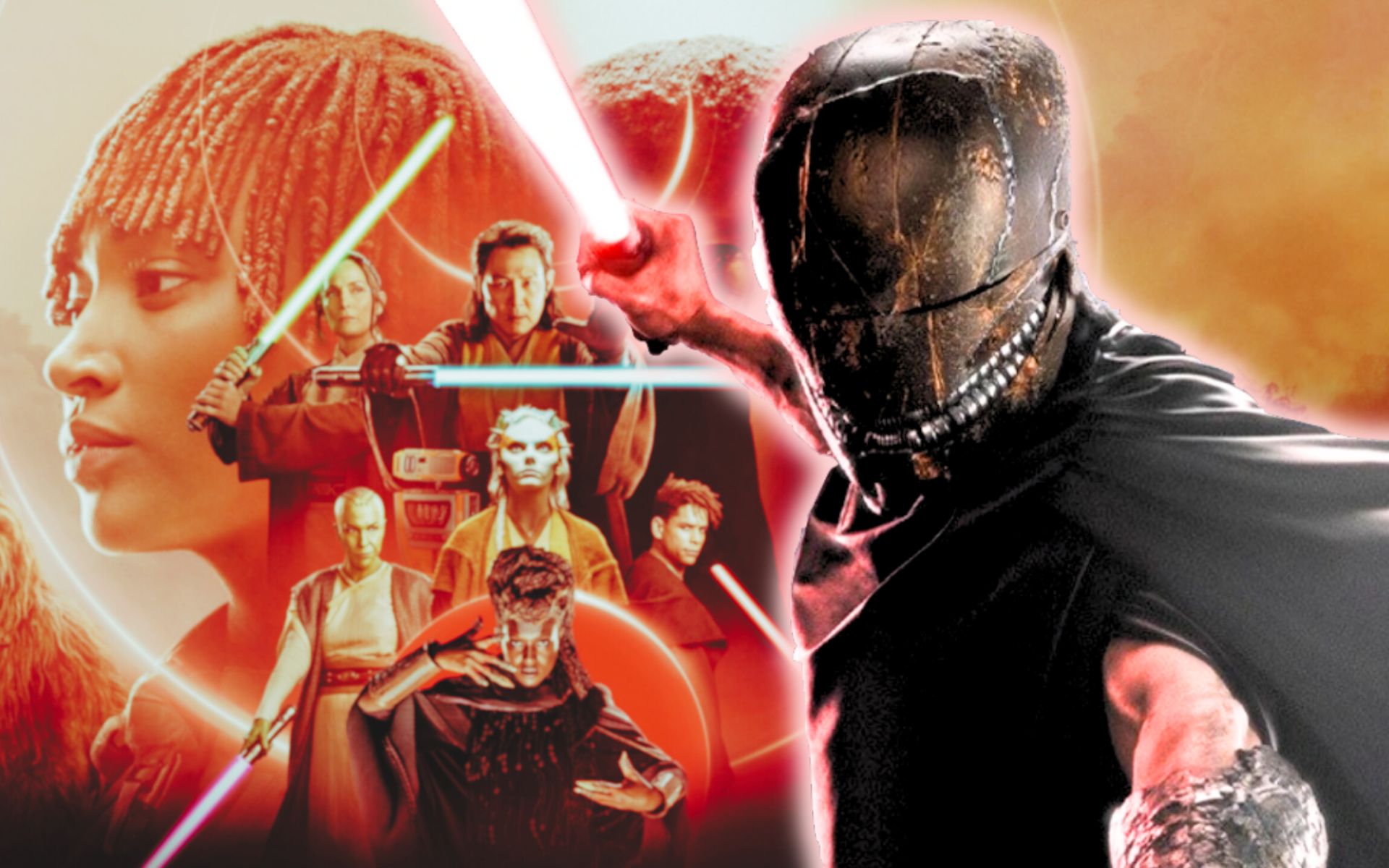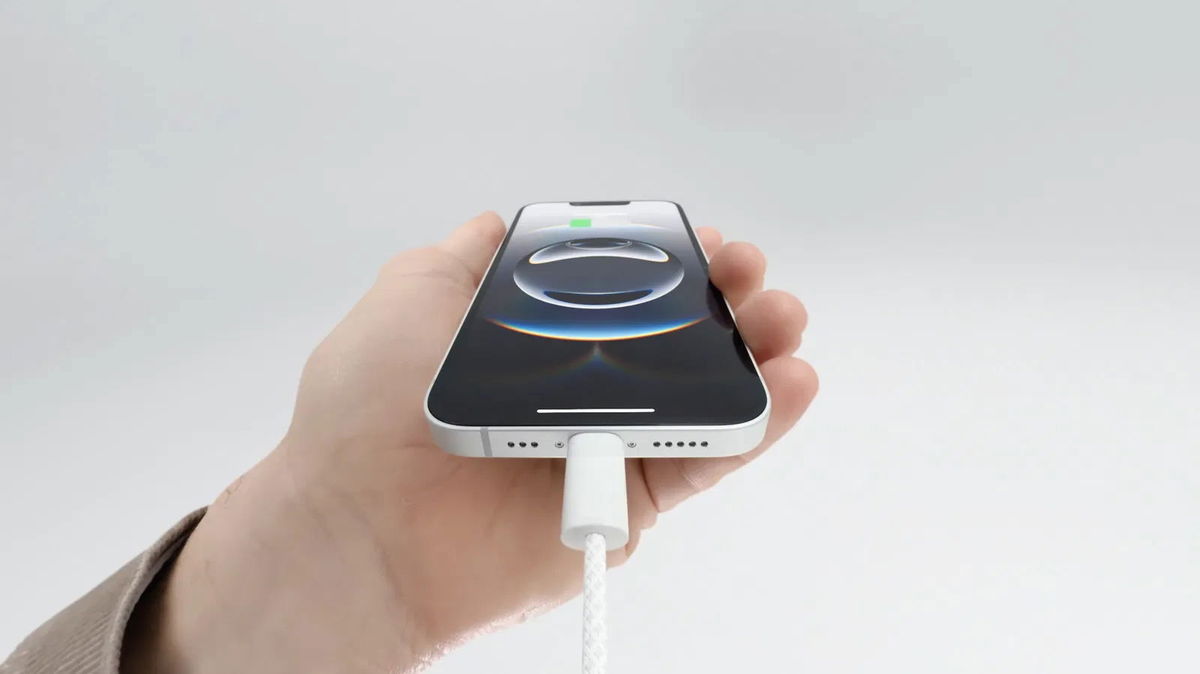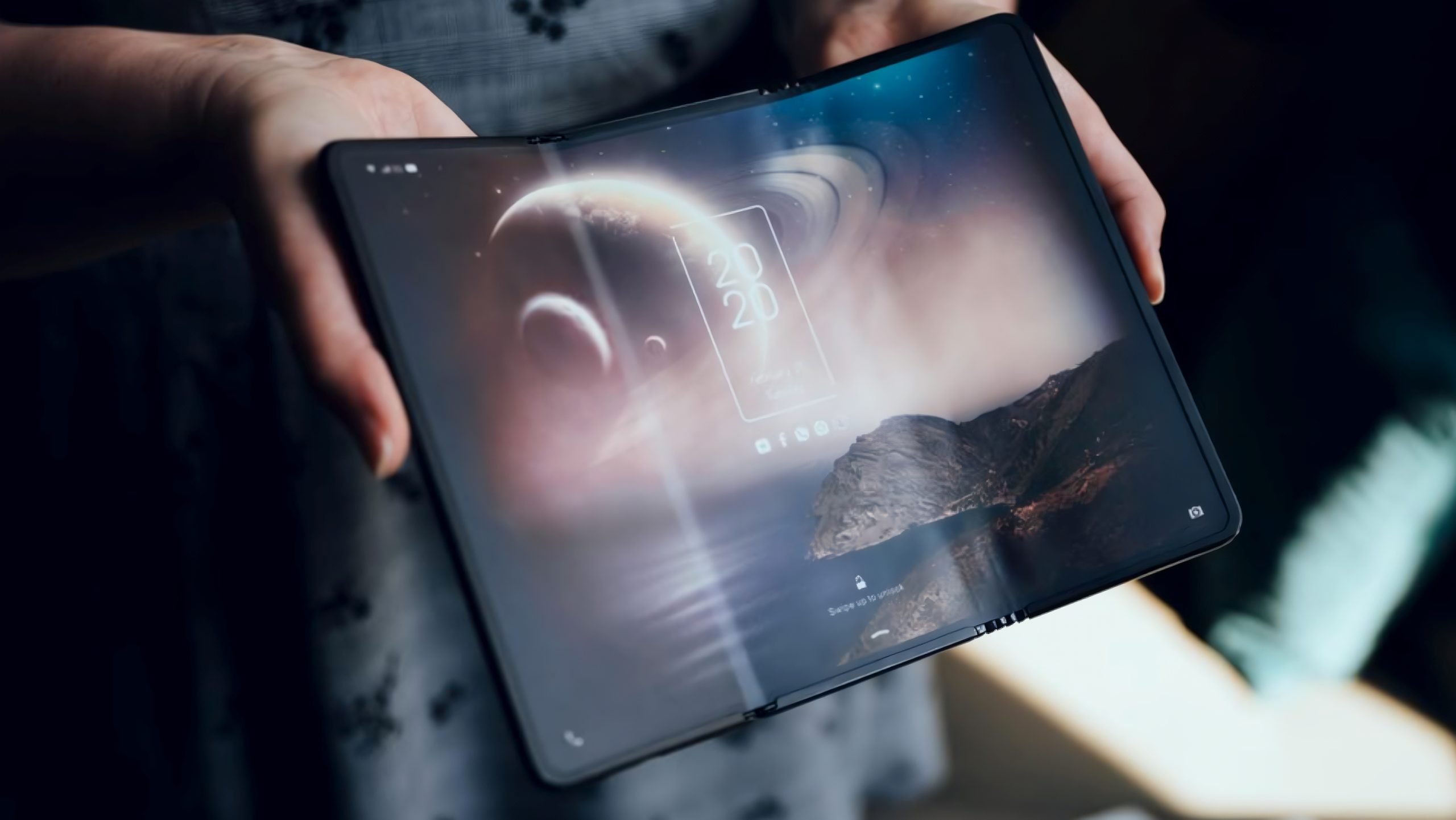According to a recent article published in the journal Science Advances, these lithophanes are accessible to the blind and visually impaired, making them a versatile tool for visualizing scientific data.
“Blind people cannot access scientific data and images, such as the stunning images from the new Webb Telescope. However, we have shown that thin translucent tactile graphics called lithophane can make all these images accessible to anyone, regardless of vision,” writes co-author Brian Shaw, a biochemist at Baylor.
Finding a way to create universal tactile science graphics that can be used by both the blind and the blind would remove a longstanding barrier that has kept many blind people away from science.
Shaw and colleagues created lithophane versions of the textbook illustrations, gel electropherograms, photomicrographs, electron spectroscopy and mass spectrometry data for the study. They then recruited 360 participants into three independent groups: sighted people, blind people, and people blindfolded for the experiments. To determine the accuracy of the answers in all three groups, everyone was asked to answer specific technical questions about each lithophane plot.
The results showed that the accuracy of the blind subjects’ responses to all five lithophanes was 96.7 percent, compared to 92.2 percent for the sighted participants and 79.8 percent for the sighted but blindfolded participants. These results suggest that lithophanes are a good form of scientific imaging for sighted and blind scientists.
Source: Ferra












